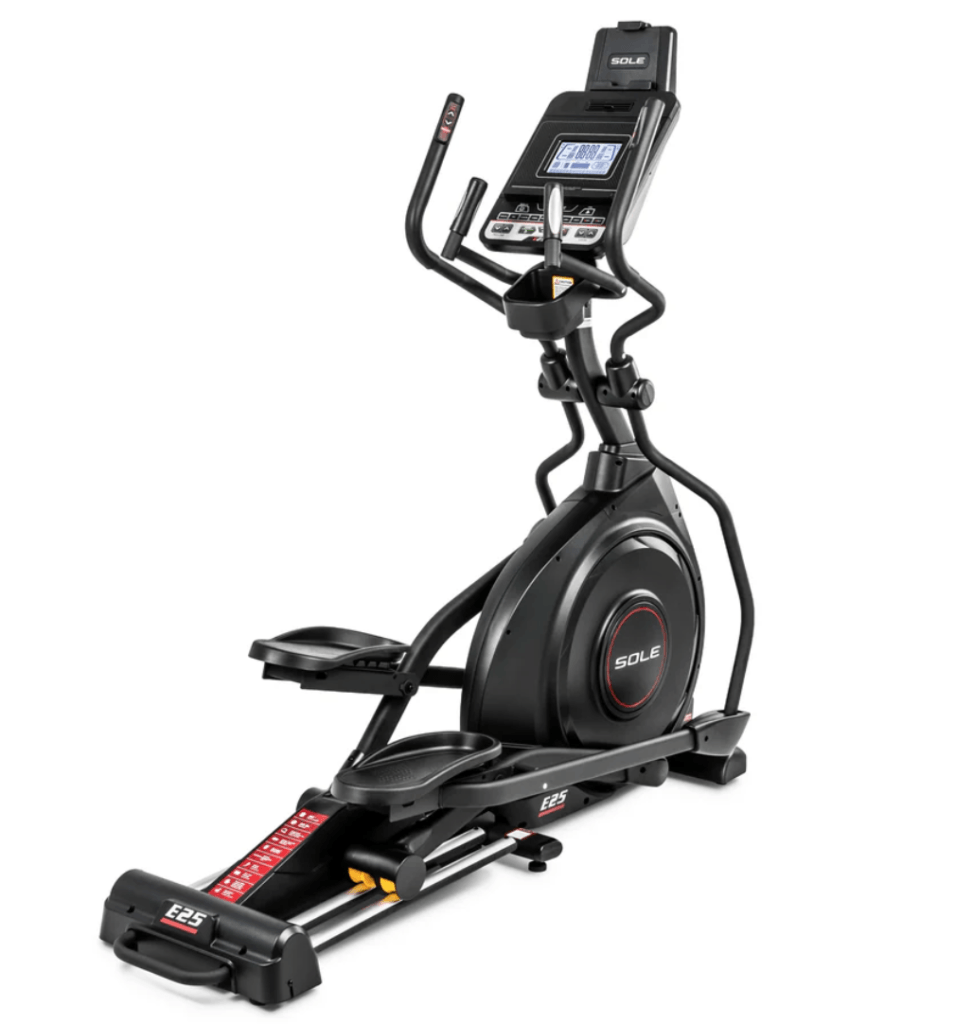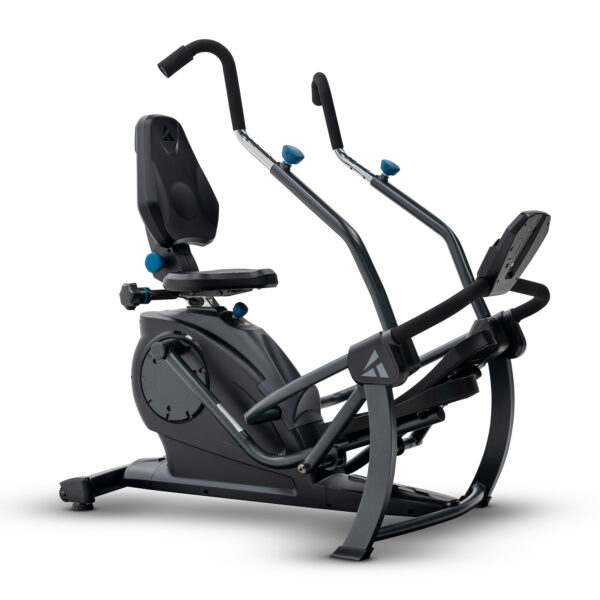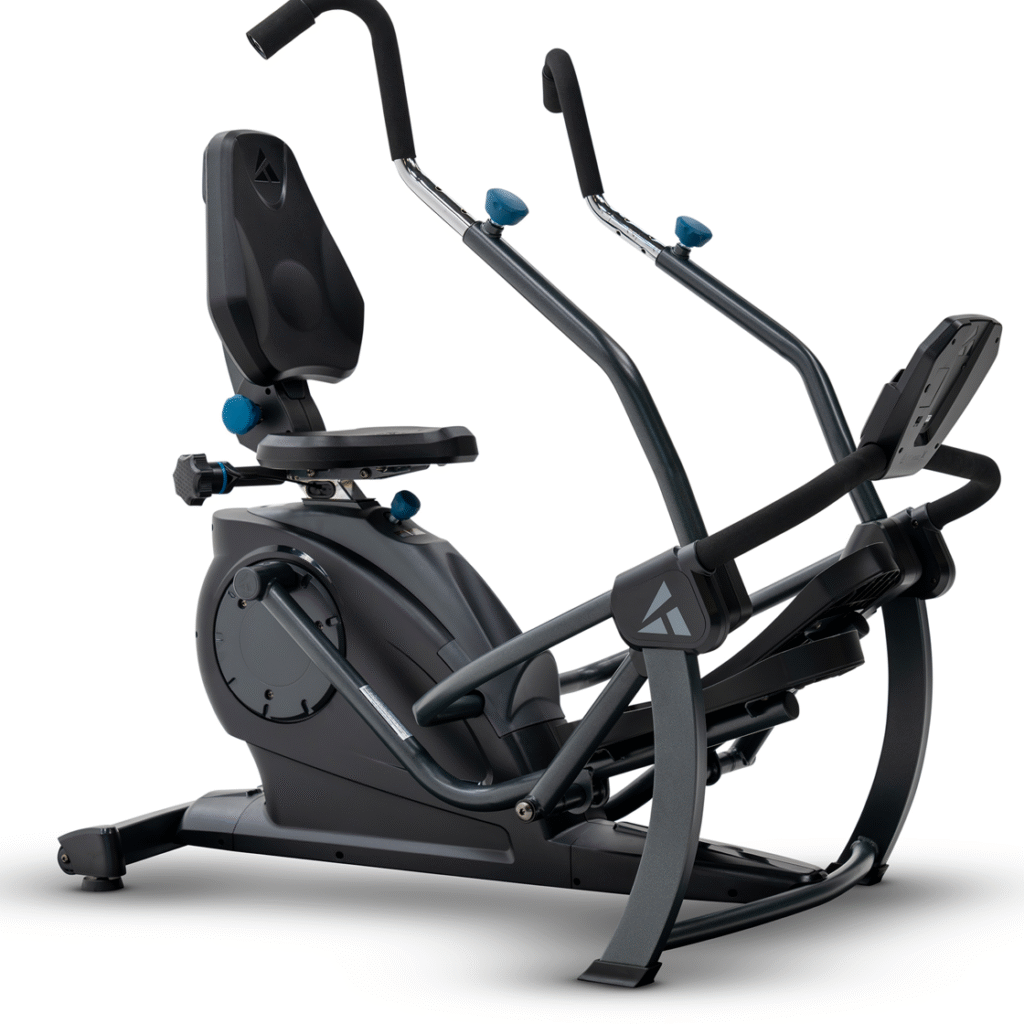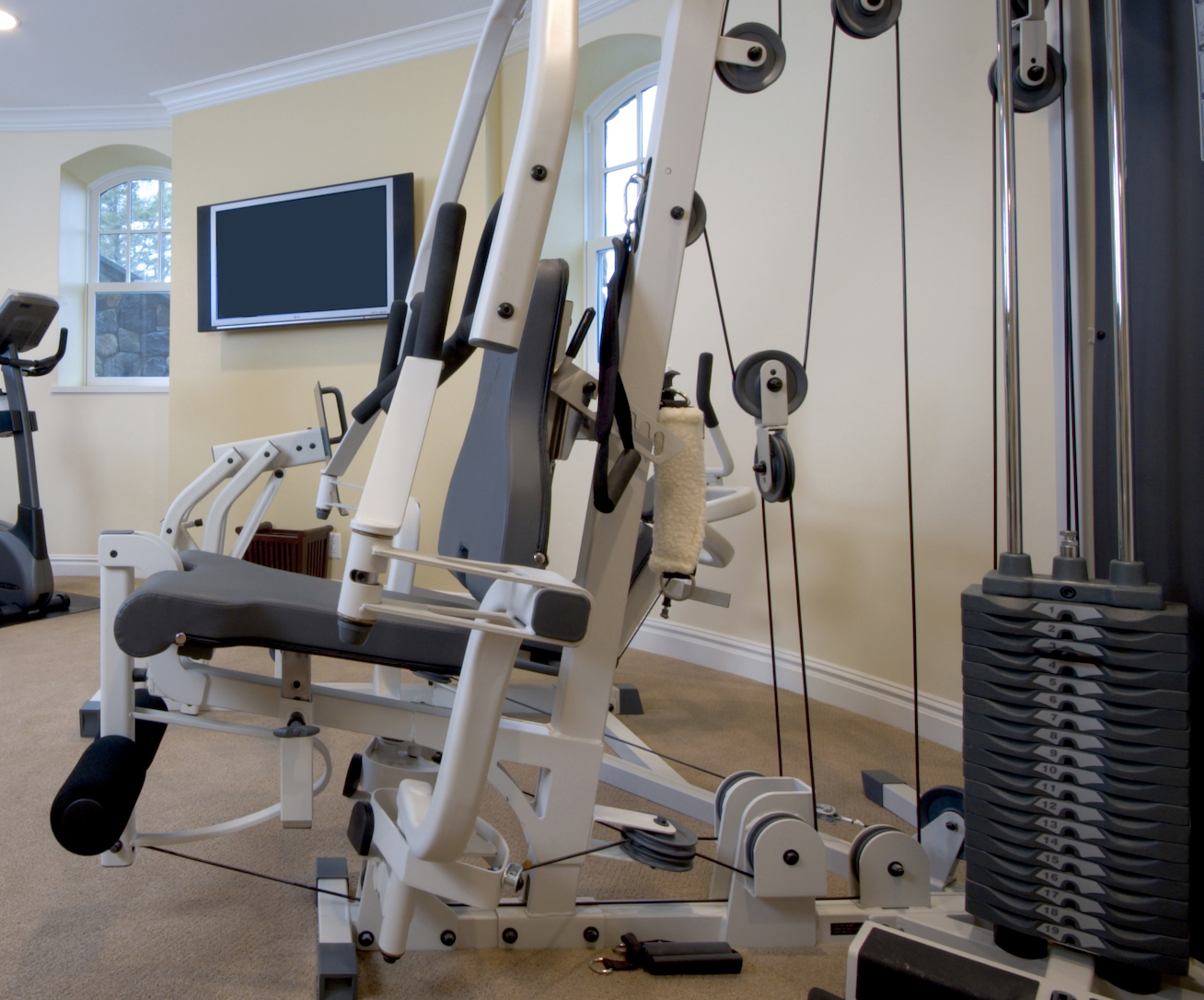When it comes to low-impact cardio machines, recumbent cross trainers and traditional elliptical trainers are two of the most popular choices.
And while they might seem similar at first glance (both offering a full-body workout with minimal joint strain) the differences between them can significantly affect your experience and results.
So, whether you’re setting up a home gym or considering your cardio options at the local fitness center, understanding these differences can help you make the right call.
In this guide, we’ll go over all the key similarities and differences between these cardio machines.
We’ll also provide our professional opinion regarding which machine works better in certain situations.
After reading, you’ll know everything you need to in order to make the right decision for yourself or a loved one.
What’s a Recumbent Cross Trainer?
First things first though – we need to make sure we’re all talking about the same things here.
A recumbent cross trainer (sometimes called a “recumbent elliptical” or “recumbent stepper”) combines the seated position of a recumbent bike with the arm-and-leg motion of an elliptical.
This means you get to sit down, while performing a linear (or rotational) movement with your legs, but your arms get involved too with the adjustable arm handles.
This design offers a full-body, low-impact workout while placing minimal stress on the joints.
Recumbent cross trainers have become popular in physical therapy clinics and rehab settings because they provide such a gentle way for folks to get a cardio workout in.
This low-impact form of exercise can also be especially beneficial following surgery (or for seniors dealing with arthritis).
The high-end NuStep is one of the most popular recumbent cross trainers out there (and rightfully so), but there are more affordable options available as well.
Recumbent cross trainers offer several advantages, especially for users with specific needs or limitations:
- Joint-Friendly Movement: The seated, reclined position reduces stress on the knees, hips, and ankles—ideal for users with arthritis or joint pain.
- Back Support: The ergonomic seat with back support minimizes lower back strain, which is helpful for users with back issues.
- Safe for All Fitness Levels: The stable design reduces fall risk and makes it accessible for seniors, beginners, and those recovering from injury or surgery.
- Full-Body Engagement: Users engage both upper and lower body muscles, promoting overall strength and mobility without high intensity.
- Gentle Cardiovascular Conditioning: Great for improving heart health at a manageable pace, especially for those with chronic conditions.
- Encourages Longer Workouts: Because it’s more comfortable, many users can work out longer without fatigue or discomfort.
What’s an Elliptical Machine?

Traditionally, an elliptical machine involves standing upright and using a coordinated arm and leg motion that mimics walking, jogging, or stair climbing.
These machines are staples in most commercial gyms and appeal to a wide range of fitness levels, offering everything from light cardio to intense interval training.
Ellipticals utilize an elliptical shaped pedal movement (hence the name), but traditionally come with moving arm handles as well.
The result is a low-impact, full-body workout.
As low-impact as ellipticals are, they still require users to stand on them, making them inaccessible for folks who can’t comfortably (or safely) stand during workouts.
Traditional ellipticals are among the most popular cardio machines for a reason – they offer an effective workout that balances intensity with joint protection.
Perks include:
- Calorie Burning Potential: Standing upright and using more muscle groups generally leads to a higher calorie burn than seated machines.
- Core and Posture Engagement: The upright stance naturally activates your core and helps improve posture and balance over time.
- Customizable Intensity: With incline, resistance levels, and interval programming, ellipticals can support everything from light cardio to HIIT-style workouts.
- Weight-Bearing Exercise: While still low-impact, the standing position provides the benefits of weight-bearing activity, which supports bone health.
- Total Body Workout: Engages upper and lower body simultaneously, enhancing cardiovascular endurance and muscular coordination.
- Time-Efficient: The higher effort can mean you achieve more cardiovascular benefit in a shorter session.
Key Differences: Recumbent Cross Trainers vs. Traditional Ellipticals
| Feature | Recumbent Cross Trainer | Traditional Elliptical |
|---|---|---|
| Body Position | Seated, reclined | Upright, standing |
| Impact Level | Very low impact | Low impact |
| Core Engagement | Minimal | Moderate to high |
| Calorie Burn | Moderate | Higher (due to upright position and intensity options) |
| Accessibility | Ideal for users with limited mobility, seniors, or recovering from injury | Great for general fitness users; requires balance and coordination |
| Foot Pressure | Less pressure on knees, hips, and ankles | Some pressure, especially during high resistance or incline settings |
| Space Requirements | Usually larger due to seat and stride mechanism | Slightly more compact |
Cost Considerations
Cost is an important factor when deciding between a recumbent cross trainer and a traditional elliptical, especially for home users.
And even though both machines come in various price ranges, the following are generally true when it comes to shopping:
Recumbent Cross Trainers
- Price Range: $1,000 – $5,000+
- Why So Costly? These machines are often built with physical therapy or medical-grade features—like heavy-duty frames, ergonomic seating, and accessible designs. Brands like NuStep and HCI Fitness are on the higher end due to their specialized use.
- Best For: People with mobility limitations, rehab needs, or long-term comfort in mind. It’s an investment in accessibility and support.
Traditional Ellipticals
- Price Range: $500 – $3,000+
- Wide Variety: From compact home models to high-end commercial-grade ellipticals with touchscreens and advanced programming.
- More Affordable Options: You can find quality ellipticals for home use at a lower cost than most recumbent trainers, making them more budget-friendly for general fitness users.
If you’re shopping on a budget, a mid-range elliptical often offers more features per dollar compared to a recumbent trainer, but may not match its comfort or accessibility.
That said, Teeter’s FreeStep Cross Trainers are affordable, compact, and effective, making them great options for seniors looking for a cross trainer that won’t break the budget.
Which Should You Choose?
Ok, we’ve gone over what each one of these machines is and compared them head to head, but just in case you’re still on the fence, here are a few more tips to help you decide.
Choose a Recumbent Cross Trainer if:
- You have joint issues, arthritis, or limited mobility.
- You have a hard time standing for prolonged periods.
- You want a comfortable, low-effort entry into regular exercise.
- You prefer a more stable and supportive workout position.
Choose a Traditional Elliptical Machine if:
- You want a more intense, calorie-burning workout.
- You’re able to stand for extended periods and maintain balance.
- You aim to improve coordination, posture, and core strength.
- You’re training for endurance, weight loss, or general fitness.
Final Thoughts
Alrighty, I think that about does it.
Before we wrap things up here, I want to point out that I really like recumbent cross trainers and elliptical machines and I often recommend both to my senior patients.
This is because both machines offer excellent cardiovascular benefits without the joint-pounding impact of treadmills or higher-impact aerobics.
Your choice ultimately comes down to your fitness level, goals, and physical condition.
If you’re new to exercise, managing chronic pain, or prefer a seated workout, a recumbent cross trainer is likely the better option.
If you’re after more intensity and versatility, the traditional elliptical would make more sense.
Whichever you choose, consistency is key. Choose the one you’re more likely to use regularly and enjoy!
And as always, if you have any questions or comments, please leave them below and I’ll get back to you shortly.





